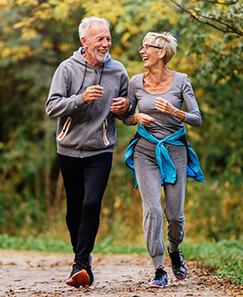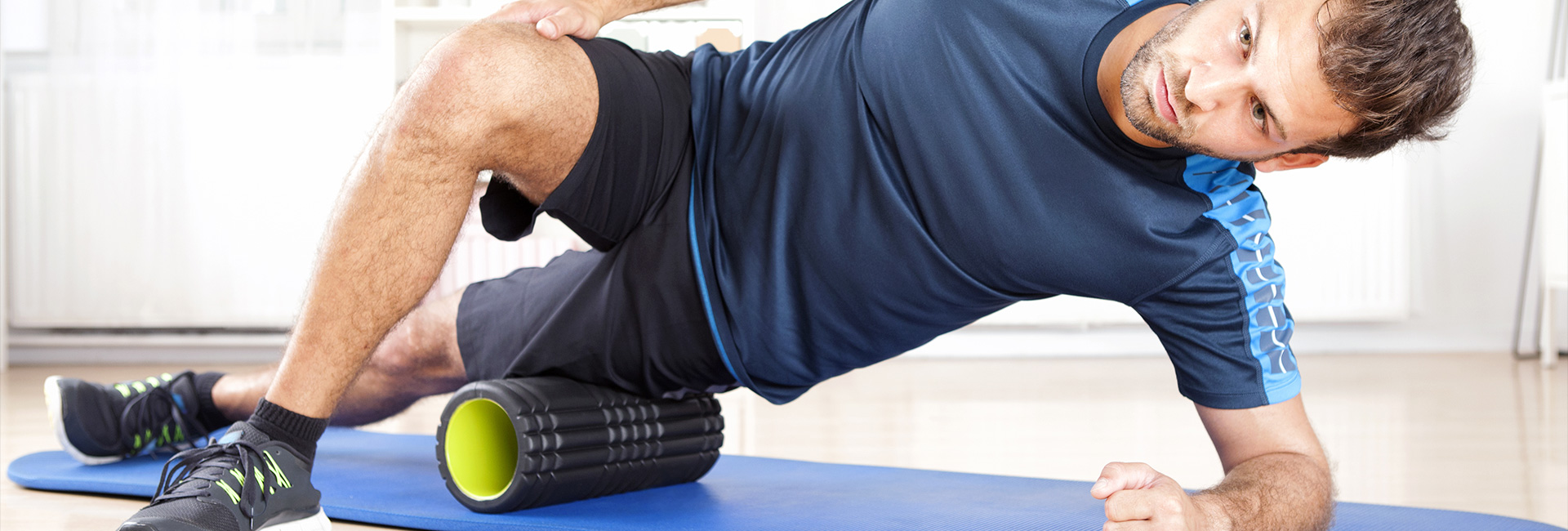Why should runners foam roll?
Foam rolling provides self soft-tissue mobilization or SSTM. The benefits of SSTM include improved muscle flexibility and tightness, decreased lactic acid, decreased muscle fibrosis (adhesions/scar tissue), and decreased risk of injury. Using one’s own body weight applies pressure through the muscles in order to regulate the areas of increased muscle tone or tightness.
How should runners use a foam roller?
It is important NOT to roll over bony areas (like the knee) or areas with an open wound or injury (unless instructed by a medical professional). Always roll in line with the muscles and at a SLOW PACE. When rolling over a tight, painful area or muscle knot, slow down the speed and stay on top of this area for 20-30 seconds, or until a muscle release is felt. If it is too painful to stay on top of this area, then decrease the force by unweighting the area. When finished rolling, make sure you drink plenty of water, just like after a massage.
See below for more on tutorial videos focusing on individual muscle groups.
TFL and IT Band
Start with the foam roller on the outside muscle above the knee. Slowly roll up the outside of the leg towards the hip. Be sure to move in the direction of rolling up the hamstring and quad portions of the IT band. When rolling up toward the hip, spend some time along the TFL. Bring the leg that is not being rolled out to the side and use to control the pressure of the foam roller.
Quadriceps and Hip Flexors
Start with the foam roller on the muscle above the knee. Slowly roll up towards the hip. Be sure to move in the direction of rolling up the front of the leg, then the inside, and then the outside. When rolling up toward the hip, spend time along the hip flexors. Also, bring the leg that is not being rolled out to the side and use to control the pressure of the foam roller.
Hamstrings
Start with the foam roller under the leg and above the knee. Slowly roll up the leg towards the gluts. Make sure to roll up the inside and outside of the hamstrings to get all three muscles.
Groin
Start with the foam roller on the inside of the leg just above the knee and slowly roll up toward the groin area. Make sure to protect the low back (by lightly contracting your abdominal muscles) while rolling the adductor muscles. When rolling, be sure the foam roller is perpendicular to the thigh.
Glute
Calf
Peroneal and Tibialis Anterior
Start with the foam roller on the outside of the lower leg, or the peroneal muscles. Slowly roll up towards the knee (stay on muscle). Be sure to move in the direction of rolling up the front of the lower leg to get the tibialis anterior muscle.
Are you ready for running season?
If you have any questions, have pain preventing you from enjoying your running, or you are interested in more personal and specific programs, your local Therapeutic Associates Physical Therapy expert can help. Our passion is to help every patient reach their goals on their journey to recovery and optimal performance.


